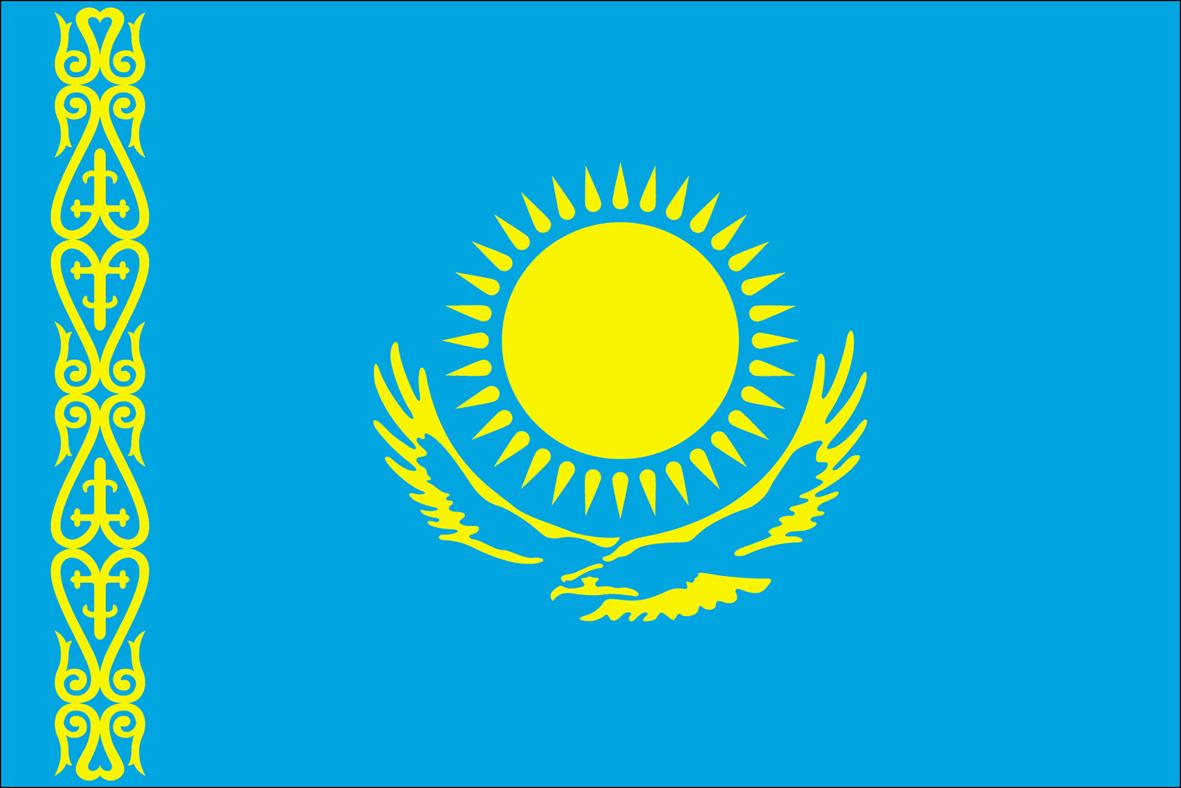Jeddah
©UNESCOJeddah, the “bride of the Red Sea”, is a major port and urban centre on the western coast of the Arabian Peninsula overlooking the Red Sea. The second largest city in Saudi Arabia after Riyadh, Jeddah is an ancient trading city that also acts as a vital gateway to Mecca, situated on the maritime trade route connecting the Mediterranean with India, the Arabian Peninsula and south east Asia.
The position of Jeddah has always made the city a perfect trading port for cargo ships travelling the Red Sea, and the city’s traditional souks reflect a history of maritime trade and exchange. Furthermore, Jeddah is one of the closest ports to Mecca and Medina, the two holiest sites in Islam, to which able-bodied Muslims are required to go on pilgrimage at least once in their lifetimes. The city was chosen by the Caliph ‘Uthman in 646 AD as the favoured landing point for pilgrims.
These twin roles saw the city develop into a thriving multicultural centre, and indeed, were highly complementary, as travellers on pilgrimage brought new cultures and goods with them. As such, the port grew into a trading post for rice and spices, cottons and silks, perfumes and precious metals, and also became a highly desirable city in the eyes of powers wishing to control trade through the Red Sea. Incorporated into the Fatimid caliphate in the 10th century, Jeddah benefitted from trading relationships that were made possible through this political network, which extended to the Far East. Subsequently ruled by the Mamluk sultanate from the 13th century, the city played a vital role in repelling attacks from the Portuguese, who aimed to extend their control over the Red Sea. There remains a cemetery for Portuguese sailors in the old city of Jeddah that dates from this period. In 1517, the city passed into the control of the Ottoman Empire, who fortified the city walls and reinforced her defences against attack by sea.
Within this defensive wall, the old city of Jeddah was divided into districts, or Haras, where business and trade centred around traditional souks, or market places, and khans, covered markets that were generally connected to shops. There are also a number of historic mosques in the old city of Jeddah, dating as far back as the 7th century AD.
Today, Jeddah’s history of trade, pilgrimage and exchange can be seen reflected in the distinctive architectural traditions that characterise the city, combining Red Sea coastal building traditions with influences and crafts from along the trade routes and those brought by pilgrims from across the world.










